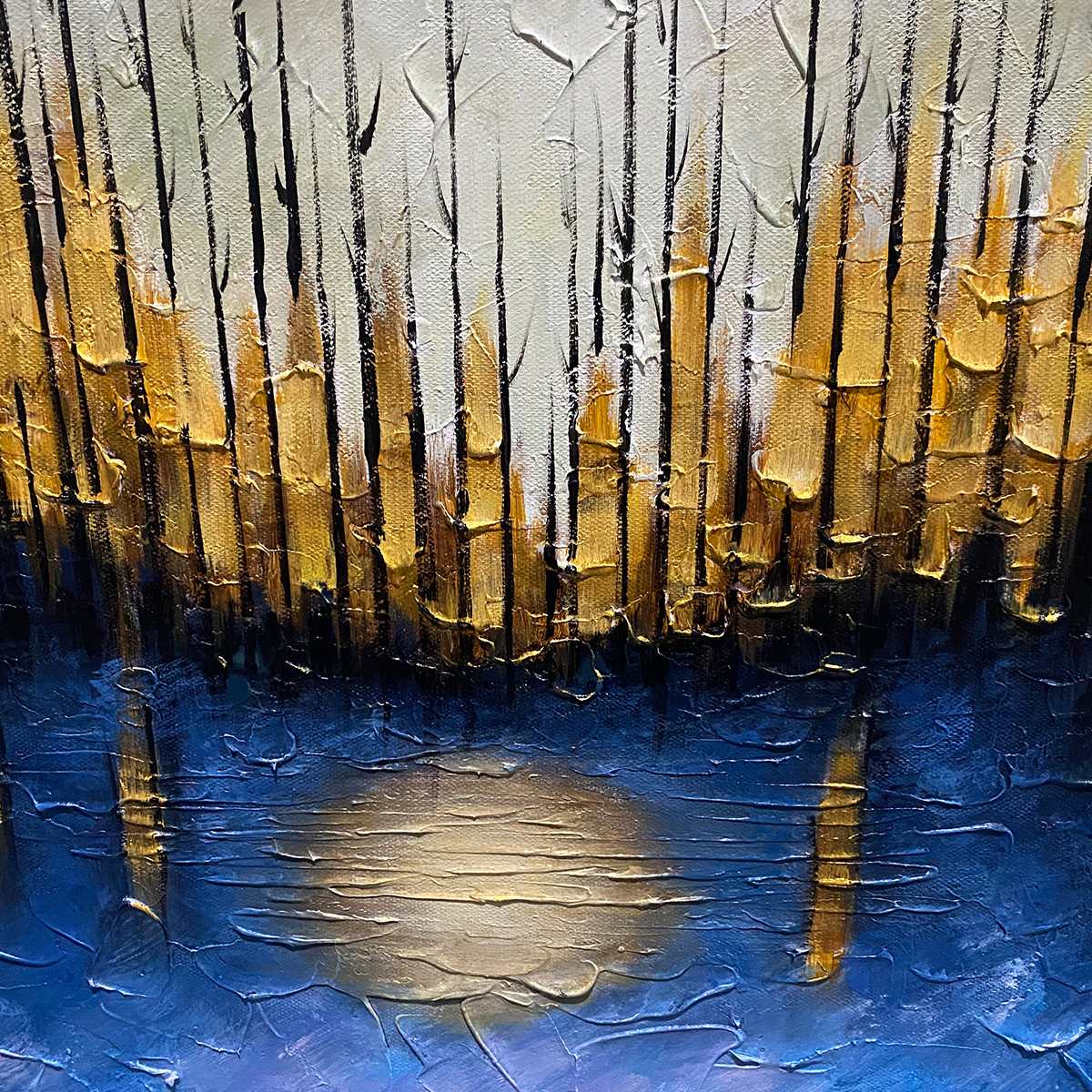Unveiling the Passion: Discover the Allure of Red in Art Through the Ages!
The color red has always held a special place in the realm of art, transcending mere aesthetics to evoke deep emotional responses. From fiery passion to stark anger, red has the power to capture the viewer's attention and stir feelings that resonate on a personal level. In this article, we will delve into the significance of red art, exploring its historical context, evolution through various artistic movements, notable artists who embraced this vibrant hue, and its psychological and cultural implications. Whether you are an art enthusiast or a casual observer, prepare to be inspired by the stories and meanings behind red-themed art across different periods and styles.

The Historical Significance of Red in Art
The origins of red pigments can be traced back to ancient civilizations, where they were made from natural substances like ochre and later, from minerals such as cinnabar. In ancient Egypt, red was associated with the life-giving qualities of the Nile and was often used to depict the gods and pharaohs. Similarly, in Mesopotamia, red was a symbol of power and vitality, commonly used in ceremonial artifacts. As we moved through history, red began to represent a range of themes: in the Roman Empire, it signified status and wealth, while in the Middle Ages, it was closely tied to the Church, symbolizing Christ's sacrifice and love. The versatility of red allowed it to evolve, maintaining its prominence in the art world as a color that expresses passion, love, and even the brutality of war.
Evolution of Red in Artistic Styles
The Renaissance marked a significant shift in the use of colors, including red. Artists like Raphael and Titian employed red not just as a decorative element but as a means to guide the viewer's eye and convey emotional depth. In Baroque art, red became synonymous with drama and intensity, evident in the works of Caravaggio, where it highlighted the stark contrasts of light and shadow. The Impressionists, such as Monet and Renoir, approached red differently, using it to capture the fleeting effects of light and atmosphere, blending it seamlessly into their vibrant palettes. Moving into the 20th century, modern artists like Mark Rothko utilized red in large blocks to evoke pure emotion, inviting viewers to immerse themselves in a profound, almost spiritual experience. Each artistic movement embraced red in unique ways, showcasing its endless adaptability and emotional resonance.
Notable Artists and Their Use of Red
Several artists have become renowned for their distinctive use of red, each interpreting it through their unique lens. Henri Matisse, for instance, was known for his bold application of color, using red to create stunning compositions that exuded vitality and emotion. His iconic work "The Red Studio" demonstrates how red can dominate a space and evoke a sense of intimacy and warmth. Mark Rothko, on the other hand, used red in a more contemplative manner; his large canvases, often featuring deep reds, invite viewers to lose themselves in the color and connect with their own emotions. Georgia O'Keeffe, famous for her large-scale flower paintings, often used red to symbolize passion and femininity, transforming simple blooms into powerful statements of identity. These artists showcase how red can convey complex meanings and emotions, enriching the viewer's experience.
The Psychological and Cultural Implications of Red
The psychological effects of red are profound; studies have shown that it can increase heart rates and evoke feelings of excitement and urgency. Culturally, red holds different meanings across societies. In Western cultures, it often embodies love and passion, evident in the tradition of red roses on Valentine's Day. Conversely, in China, red signifies good fortune and joy, often used in weddings and celebrations. This dichotomy illustrates how the color's interpretation is influenced by cultural context, highlighting its complex nature. Understanding these implications not only enriches our appreciation of red-themed art but also deepens our connection to the emotions it evokes.
The Enduring Influence of Red in Art
Throughout history, the color red has proven to be a powerful force in art, evoking a wide range of emotions and carrying significant cultural meanings. From its ancient roots to its modern interpretations, red continues to captivate and inspire both artists and viewers alike. As we explore the allure of red, we come to appreciate not just its visual impact but also its capacity to convey deep emotional truths. The enduring presence of red in the art world speaks to its ability to connect us to our most primal emotions, making it a timeless and essential element of artistic expression.



